How Embedding Outdoor Learning in your Secondary School’s Ethos Benefits Students
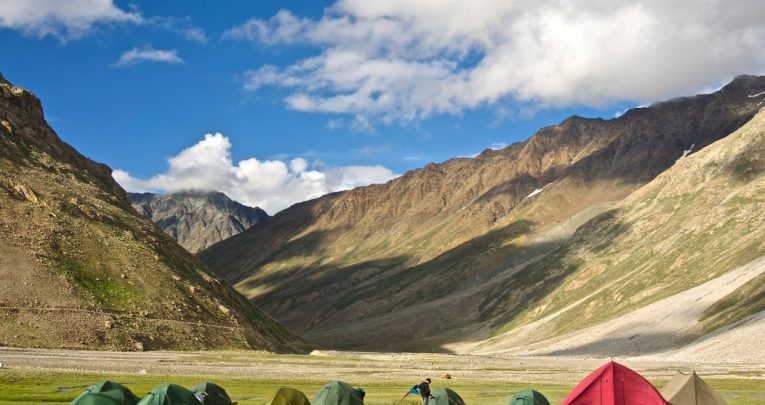
At Bohunt Education Trust, outdoors learning is embedded within the ethos, says Philip Avery – and the benefits are both profound, and measurable…

- by Philip Avery
In my early career as a geography teacher I did the normal things teachers excited by the outdoors do – I helped with the Duke of Edinburgh (DofE) Award scheme and many a trip abroad, as well as taking children into the outdoors more locally through cross-country and fieldwork in the local area.
I also tried to influence young people beyond my school’s gates. In my first year of teaching I spent half a term in the two-tone interior of Antarctica hauling an unruly 100+kg pull up many, many hills.
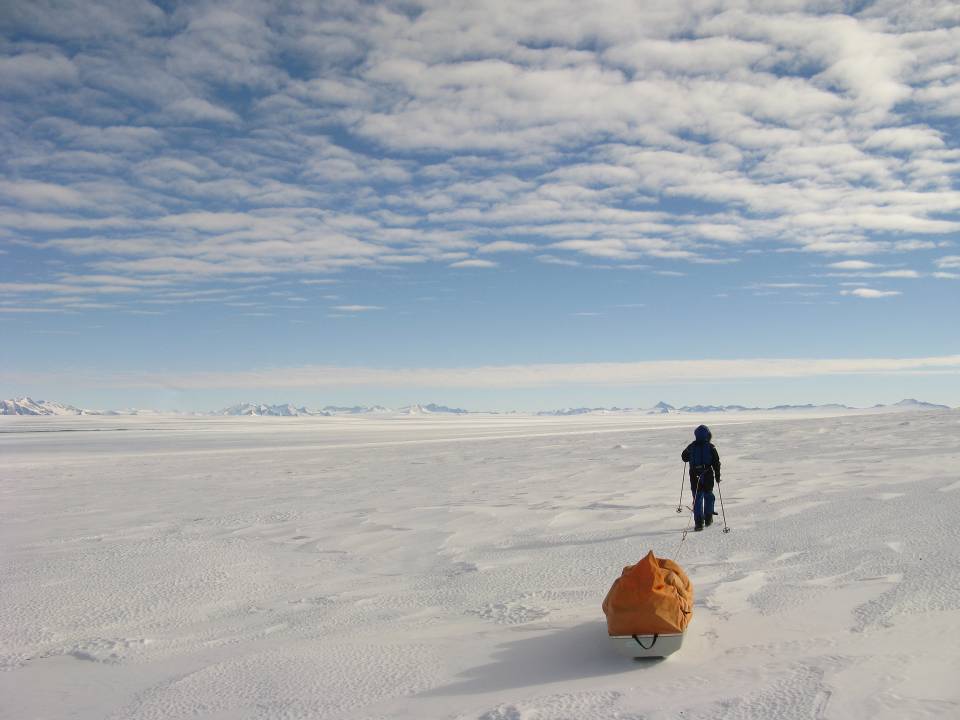
The aim of our team and the Fuchs Foundation who were behind the expedition, was to conduct and broadcast fieldwork that would inspire students about science, geography and the outdoors. I followed up my Antarctic exploits with two Earthwatch expeditions to Iceland and Belarus.
These expeditions involved teams of teachers, focused again on creating inspiring teaching materials on Jokulhlaups (glacial outburst floods caused by volcanic activity) and the health of a bog respectively.
Policy priorities
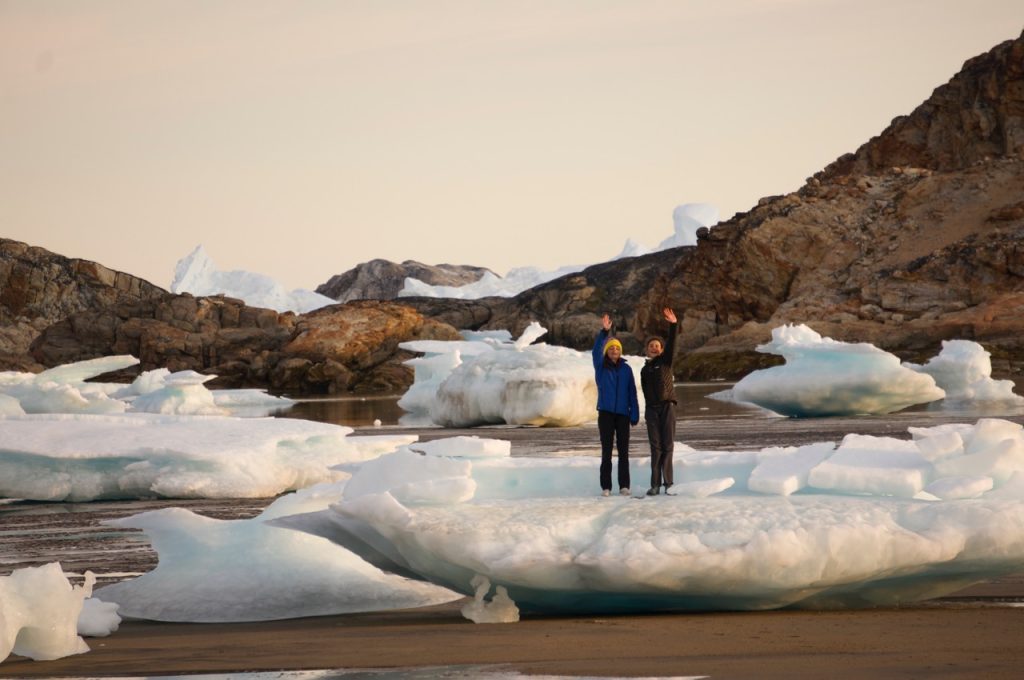
However, it was only when, in 2009, I took up a promoted position as assistant headteacher for learning and teaching at Bohunt School in Hampshire that I could start to influence outdoor policy in a school, and monitor its impact.
That ability to influence was further enhanced when, in 2016, I became director of education for Bohunt Education Trust, a group of six secondary schools where we encourage our students to become game-changers: skilled, resilient, ambitious and confident individuals who can influence others.
Our ethos is encapsulated by three words: Enjoy, Respect and Achieve.
Certainly the outdoors fitted with our ethos, hence it fell under my remit of learning and teaching: the outdoors for nearly all young people is engaging and enjoyable (admittedly sometimes ‘type 2’ fun when it’s wet, you have blisters and there’s a large hill ahead).
Working with others in the outdoors teaches respect for the environment and respect for each other through teamwork; and programmes like the Duke of Edinburgh Award can enable students to feel a huge sense of achievement.
In 2009, no students from Bohunt School in Liphook spent two or more nights in tents with the School. This year, due to the work of a dedicated, skilled team, over 900 will do just that. We also have a horticulture area, a pollination area and a developing science garden.
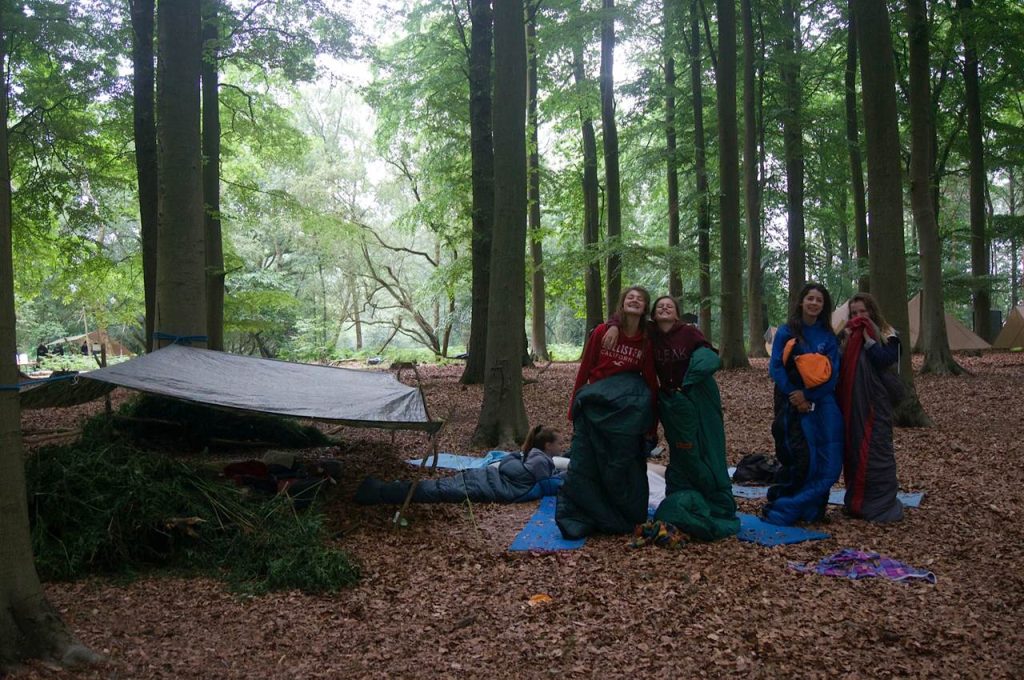
An inclusive programme
As other schools have come into the Trust we have worked with them to develop this strategically important outdoor offering as quickly as possible.
Less than two years after starting working with Priory School in inner city Portsmouth, 13 of their students were stood, dressed in crampons and armed with ice axes, atop an ice-capped volcano in Iceland (with me trying to put thoughts of Jokulhlaups out of my mind).
Furthermore, with the Portsmouth school, which is over 40% pupil premium, we’ve ensured that every one of our most vulnerable students is completing the Duke of Edinburgh Award and that Pupil Premium students are overrepresented in every year group on the outdoor programme.
This is done through helping with funding, working with tutors and parents/guardians, running some of the programme within the curriculum, getting lots of advice, and ensuring the outdoor programme is progressive: onsite activities, short residentials, easy camping experiences, DofE and then expeditions.
It’s also about making sure our outdoor opportunities are open to all. In the summer, a group of students, one of whom was in a wheelchair due to cerebral palsy, completed their Silver DofE; they went further than any other group, able bodied or otherwise, and they all now want to go on and do Gold.
As for Jodie, the girl in the wheelchair, she ended up walking the last three kilometres, the furthest she has ever walked in her life in one go.
Deeper impact
So, in part, the impact of our work is significantly increased numbers, especially the disadvantaged, taking up an ever wider number of opportunities that fit our view of what education should be about. However, I believe the impacts of the outdoors go well beyond that.
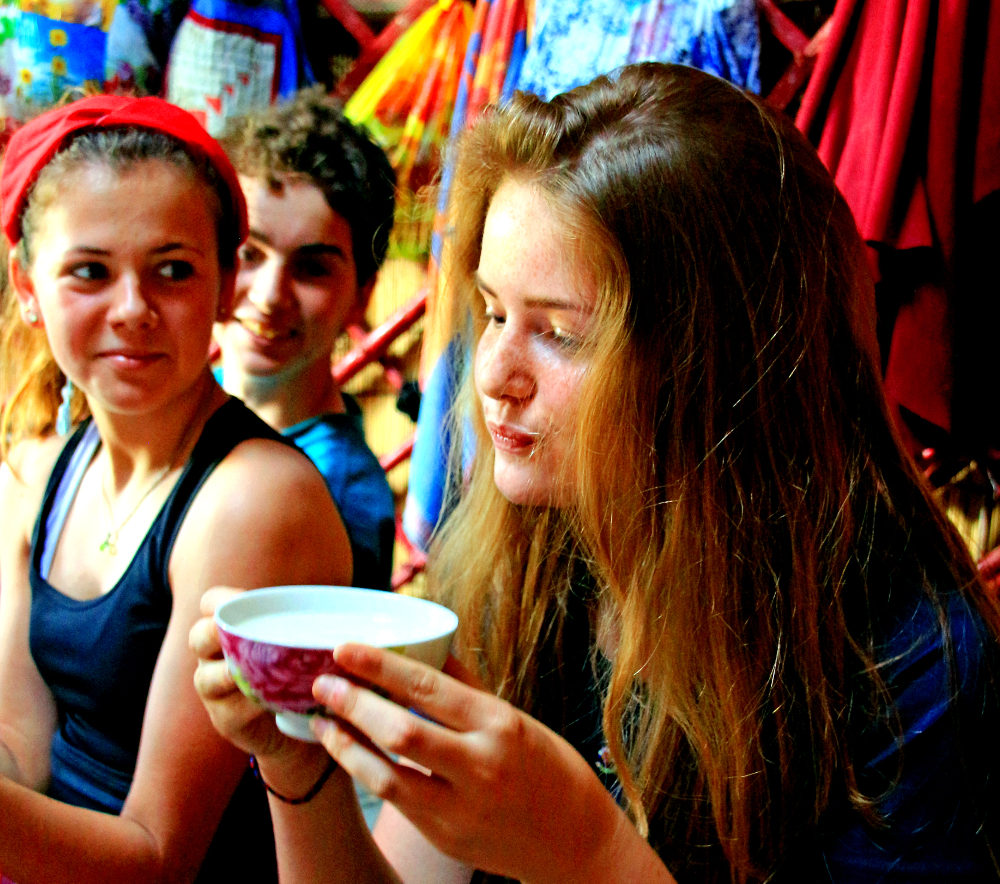
In the summer, expedition teams made up of 14-16 year olds from Bohunt went for three weeks to Greenland, Mongolia or Kyrgyzstan. The expeditions were closely studied by two university teams. The research is at a very preliminary stage, but we do have some initial findings:
- The University of Kent found that the students came back from the expeditions more culturally competent and valuing diversity more.
- The University of Lancaster found that students acquired a variety of skills whilst away as well as learning how to significantly improve their team dynamic.
These qualities of team building, empathy and soft skills acquisition are fantastic, but it could be argued that developing them is not the role of schools, which are about attainment.
However, according to the Education Endowment Fund, “on average, pupils who participate in adventure learning interventions make approximately four additional months’ [academic] progress over the course of a year.
The evidence suggests that the impact is greater for more vulnerable and older learners (teenagers), longer courses (more than a week), and those in a “wilderness” setting …”
Making progress
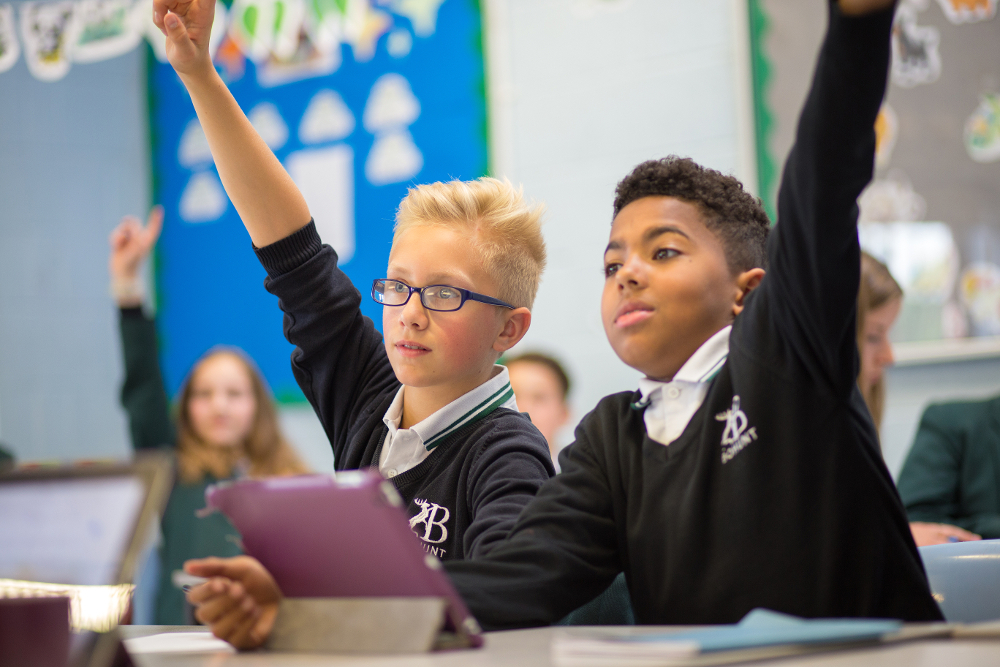
At Bohunt School in Liphook we wanted to see if we could replicate these results. We looked at the correlation of Progress 8 scores in the summer’s results with participation levels in the outdoor programme.
The results were conclusive in all but our lower ability learners, where the numbers participating in the outdoor programme were too low to make the results significant (an area for future improvement).
Is it a causal link? Possibly, according to the EEF research. We’ll know more on this when the most vulnerable students in Priory School, who have to do DofE as part of their curriculum, take their exams next summer.
Meanwhile, we will continue to expand the range of outdoor opportunities we offer, to reduce the cost of some of our events, and embed outdoors learning further within the curriculum.
We intend to build our own Outdoor Centre, run Bushcraft Clubs in all of our schools, equip our sixth formers with the skills to run their own private fieldwork expeditions when they are at university, expand the teaching of subjects that happens in specialist outdoor areas on site, and continue our university level research to understand how we can best improve learning through the outdoors and on major expeditions.
Six ways to get your students outdoors, today
- Bearings or map work on the school field with compasses
- Ready, steady, cook challenge on the courts with stoves … or an open fire
- Outdoor first aid complete with fake blood, bandaging and improvised carries
- Build a stumpery (a garden feature similar to a rockery but made from parts of dead trees) in a forgotten area of the school site
- Create a living map to teach an aspect of history, geography or drama
- Art or photography inspired by natural forms
Philip Avery is director of education and lead developer of outdoor education programmes for Bohunt Education Trust.









